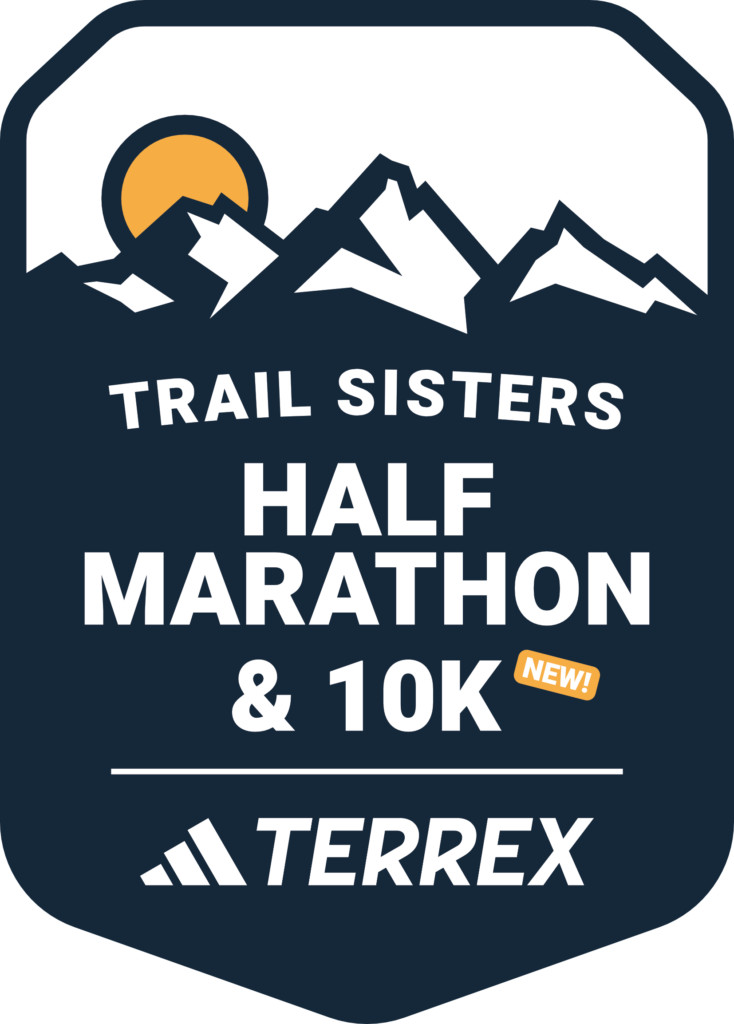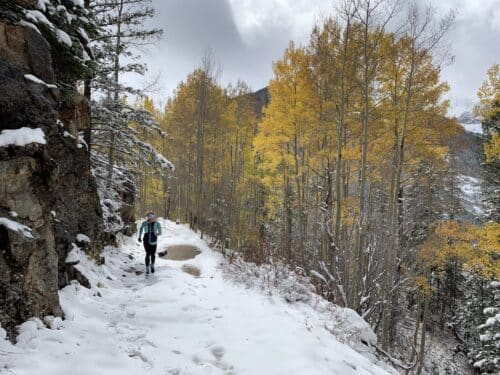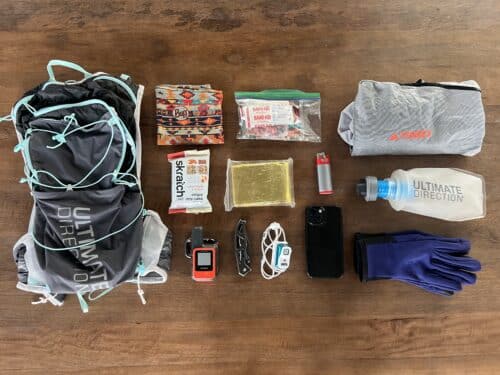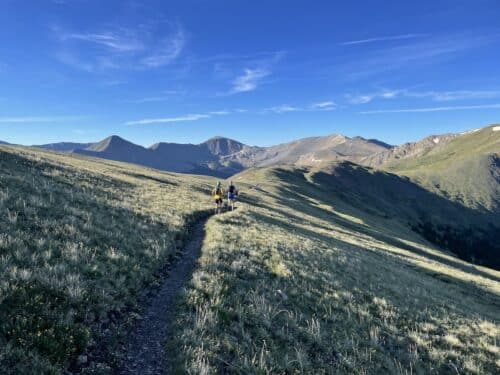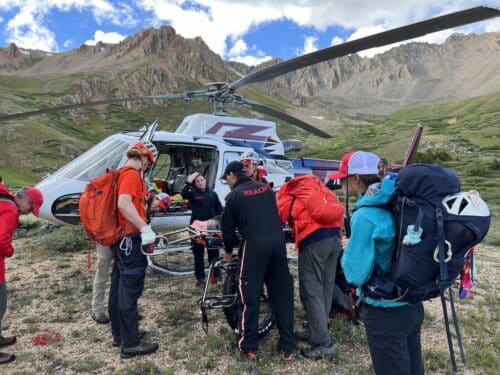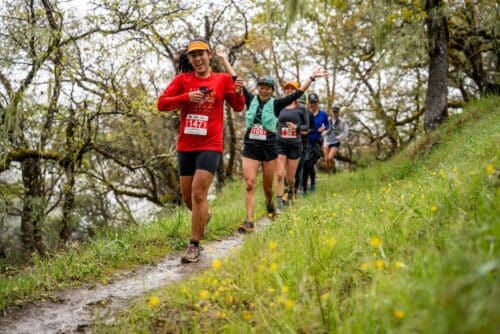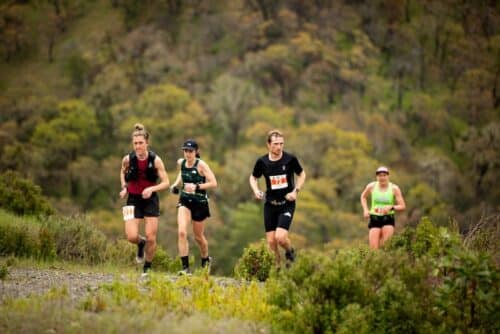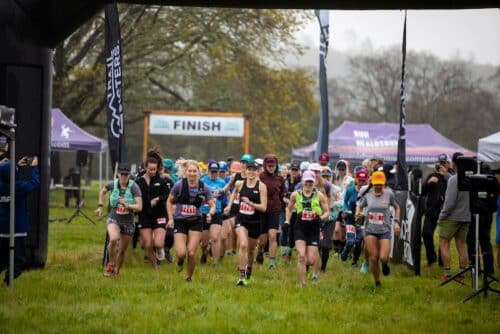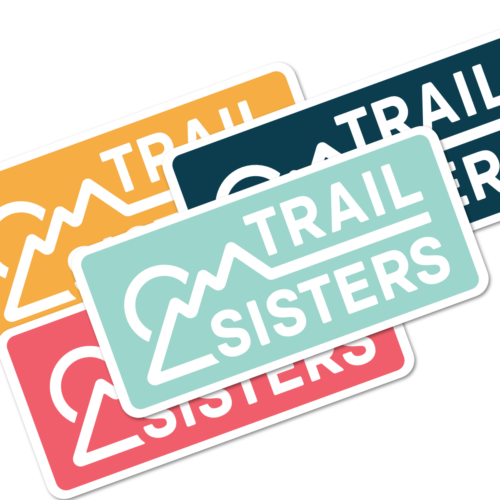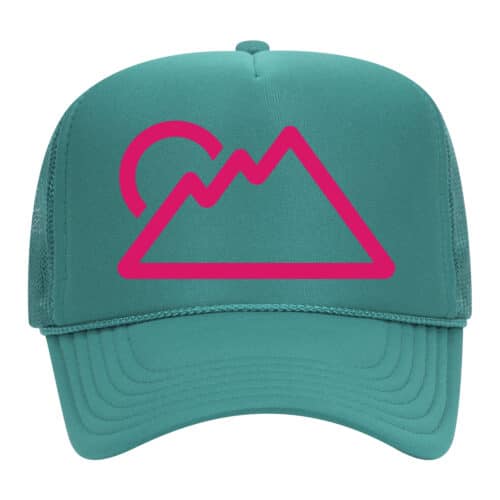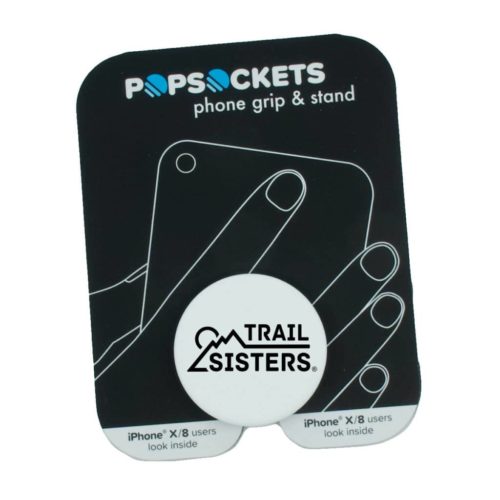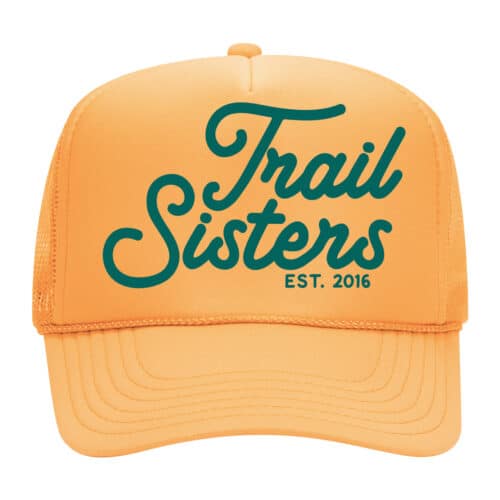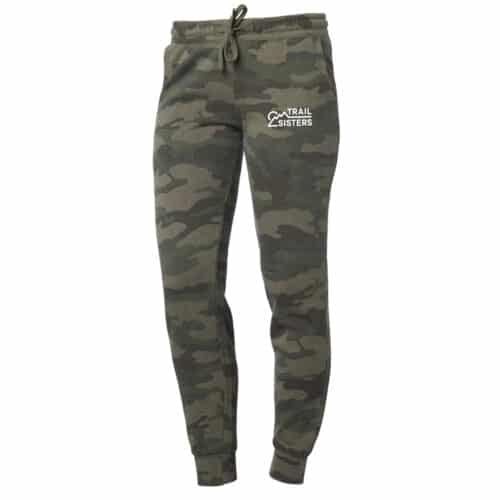Main Menu
Homepage / Backcountry Awareness / Backcountry Awareness: Surroundings
Backcountry Awareness: Surroundings

Gina has always been stubborn and bold, so when it came to advocating for women’s rights and equality in the outdoors, she was bound to make changes. As the founder of Trail Sisters, Gina’s goal is to grow participation and opportunity in women’s trail running. Gina is also Mayor Pro Tem for the town of Buena Vista, Colorado, an active member and former Training Director of Chaffee County Search & Rescue, and Race Director for the Lake Sonoma 50 Mile, Marathon, and Trail Sisters Half Marathon.
Share This Article!
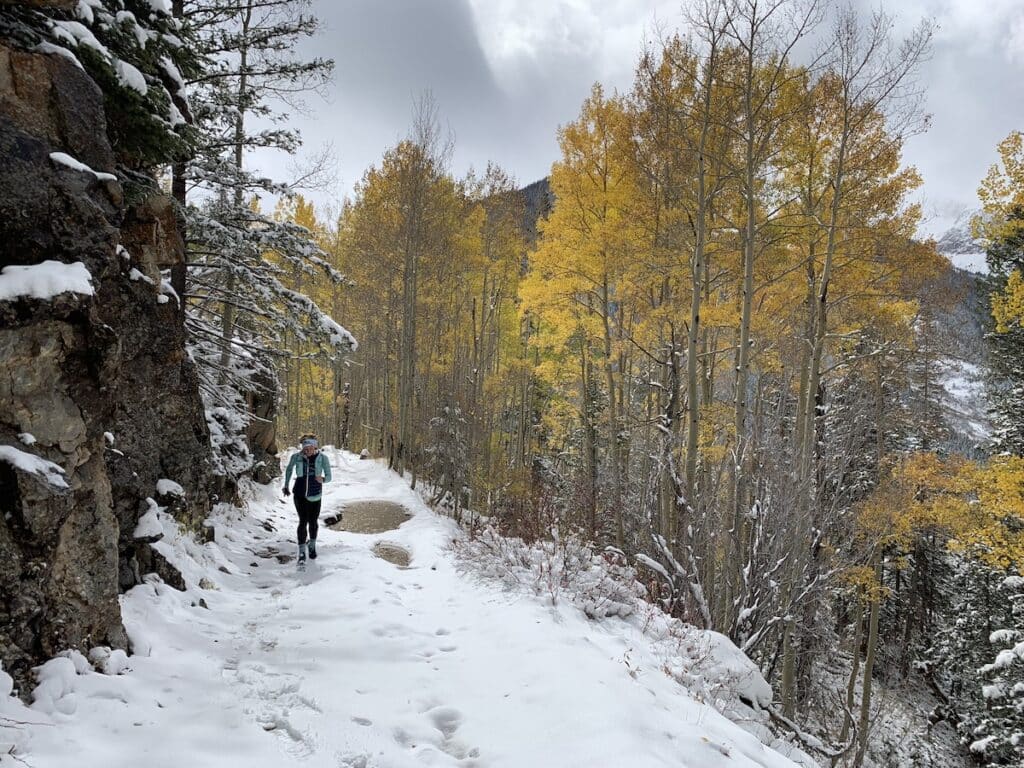

By: Gina Lucrezi
Being mindful of your surroundings with appropriate preparation may be the most important thing you can do to mitigate potential risk. Your surroundings include: terrain, weather, landmarks, and water. Understanding the landscape around you will come in handy if you become lost or injured, and may assist in a search and rescue situation.
Terrain
Terrain refers to the overall land mass and the condition of the ground or trail that you will be traveling on. Is it sandy, full of loose rocks, super dry and desert-like, snowy or icy, wet and muddy, heavily treed, mountainous with steep grades? Researching route terrain and trail conditions helps with choosing appropriate gear, prepares you for technical obstacles, and aids in establishing the length of time the adventure may take.
For example: If your route travels off-trail through a thick forested area that is known to be wet and muddy, consider packing extra socks, shirt, rain jacket, and rain pants. Make sure your shoes have adequate traction so you don’t slip on wet surfaces. Additionally, this route may take longer to complete if there are downed trees and the muddy ground surface slows your normal pace. Pack extra food and water for that extra time on trail.
Here are a few tips to remember with terrain:
- Snow & Ice: Traction is key. If it’s snowing during your adventure route finding gets much harder in identifying the trail. Retracing your steps is an option as long as the snow doesn’t fill them in. Always pack extra layers, gloves, and a lighter.
- Sandy & Dry: Consider gaiters to keep sand and small dirt particals out of your shoes. Sunglasses to protect your eyes from wind-blown sand. Pack extra water in traditionally dry and desert-like terrain.
- Wet & Rainy: Extra supply of dry socks, shirt, and a rain jacket will come in handy. Carry a compact large trash bag in your pack as an emergency rain shell or shelter.
- Loose & Rocky: Take care while traveling on any slopes or steep gradients, the ground beneath you may slide under your weight (creating a minor slide). Also be careful of rocks sliding and tumbling above you! Even tiny rocks can do damage if they have enough speed and hit you in vulnerable spots (head/face, etc.) Good traction, poles, gaiters, and even gloves are helpful in loose and steep terrain.
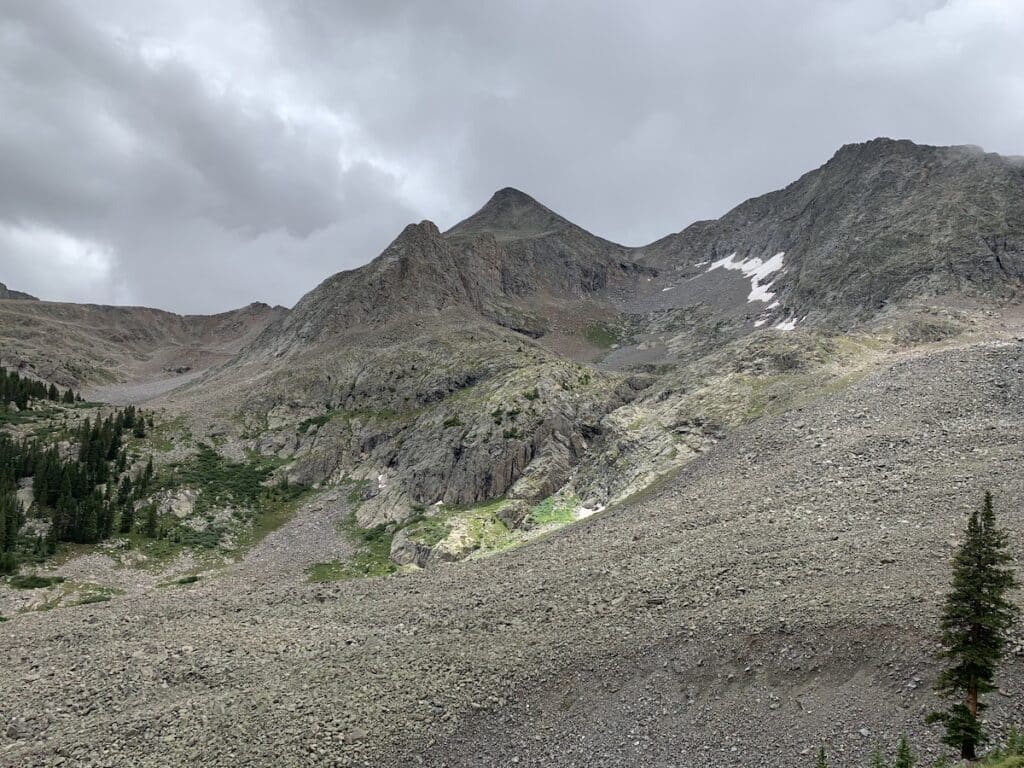
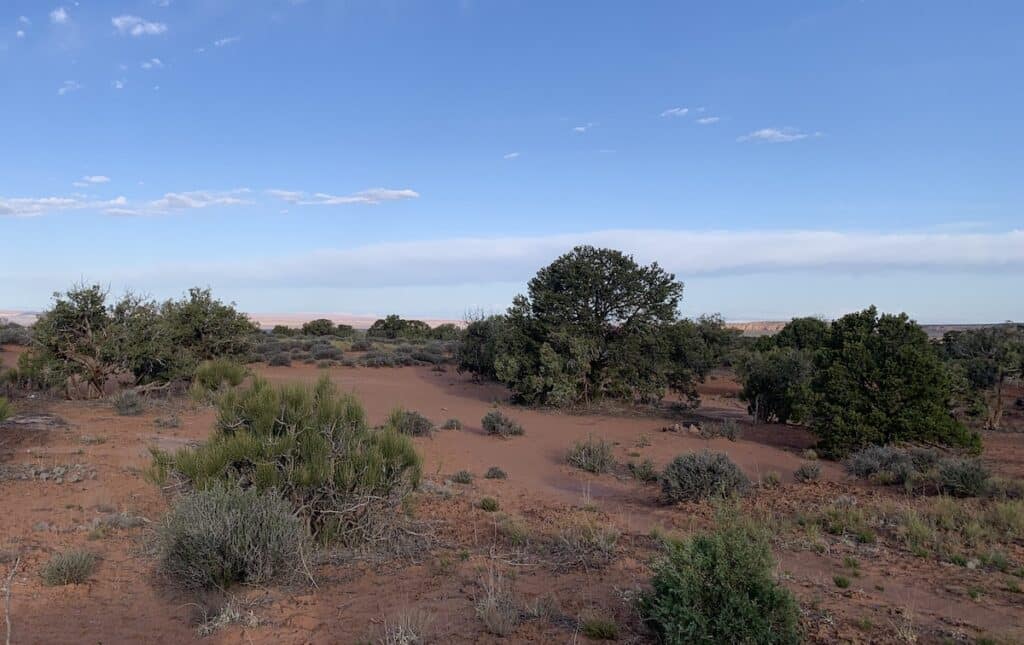
Weather
Mother Nature is feisty and weather is one of her most savage forces. Understanding what you may encounter during an adventure (and what’s forecasted in the near future) can be detrimental in a precarious situation. Hot and cold temperatures, sunny or stormy weather; each can create trouble if you’re not prepared.
For every 1,000 feet of elevation gain, the temperature drops approximately 5.4 degrees Fahrenheit, thus, as you get higher it gets colder. Temperatures vary in differing types of terrain and also during different times of the day and night. Additionally, temperatures will change based on cloud coverage/sunlight availability. For example, being above tree line at noon on a bluebird day may feel comfortable and warm thanks to the sunlight, but that same spot after dark may get cold enough to freeze, causing potential hypothermic conditions.
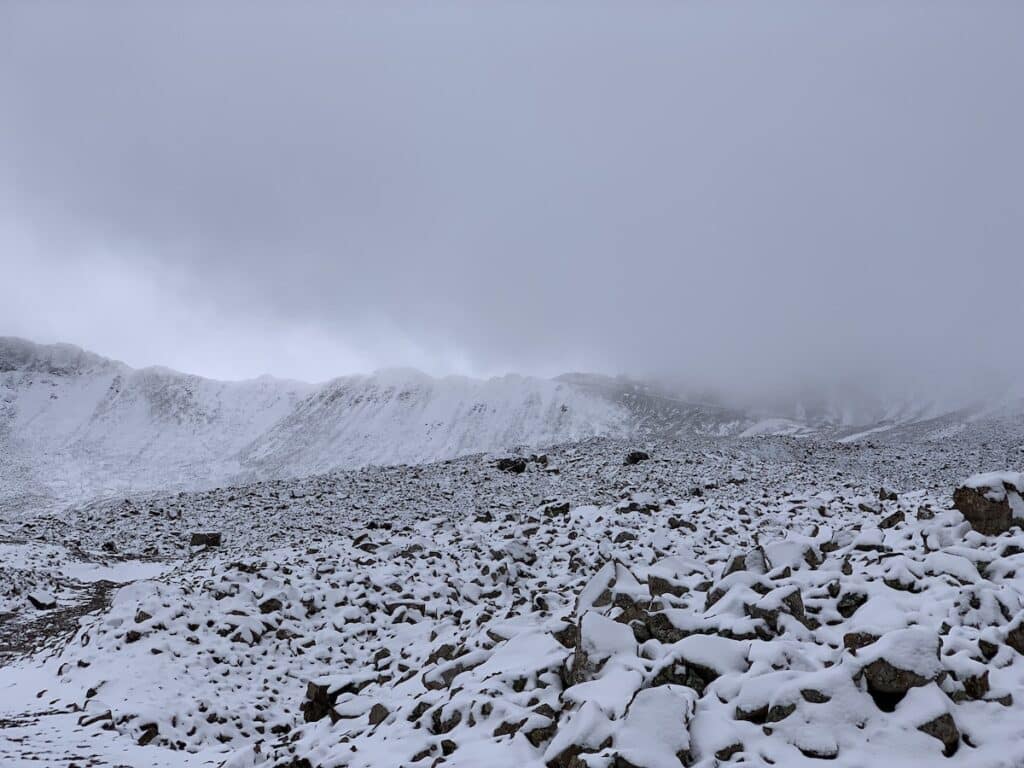
Let’s talk clouds. Having an idea of the types of clouds that exist, how to identify them, and what they signify may be super helpful. For example, if cumulus clouds (the big puffy cotton ball type) begin to build taller than they are wide, that is a sign of accumulating energy and the potential for a thunder and lightning storm (cumulonimbus). Stratus clouds tend to be gray in color, and quite thick. These clouds may be carrying rain or snow, making them nimbostratus clouds.
Preparing for the effects of weather mixed with temperature, may save your life if a troubling situation. When it comes to fatalities in the backcounty, most are caused by exposure to the elements (wind, rain, sun, cold temps, etc.)…not animals, not injury, not lack of food or water.
Landmarks
“Going in blind” to anything presents the possibility for trouble. When choosing an objective or route in the backcountry, you should take care to note what distinctive features are in the surrounding area. Identifying landmarks may be a saving grace if you get lost, as they will help reorient your location and advise in your next direction. You may have various electronic gadgets to help with your location, but if they fail, it’s good to have awareness of other location identifying features.
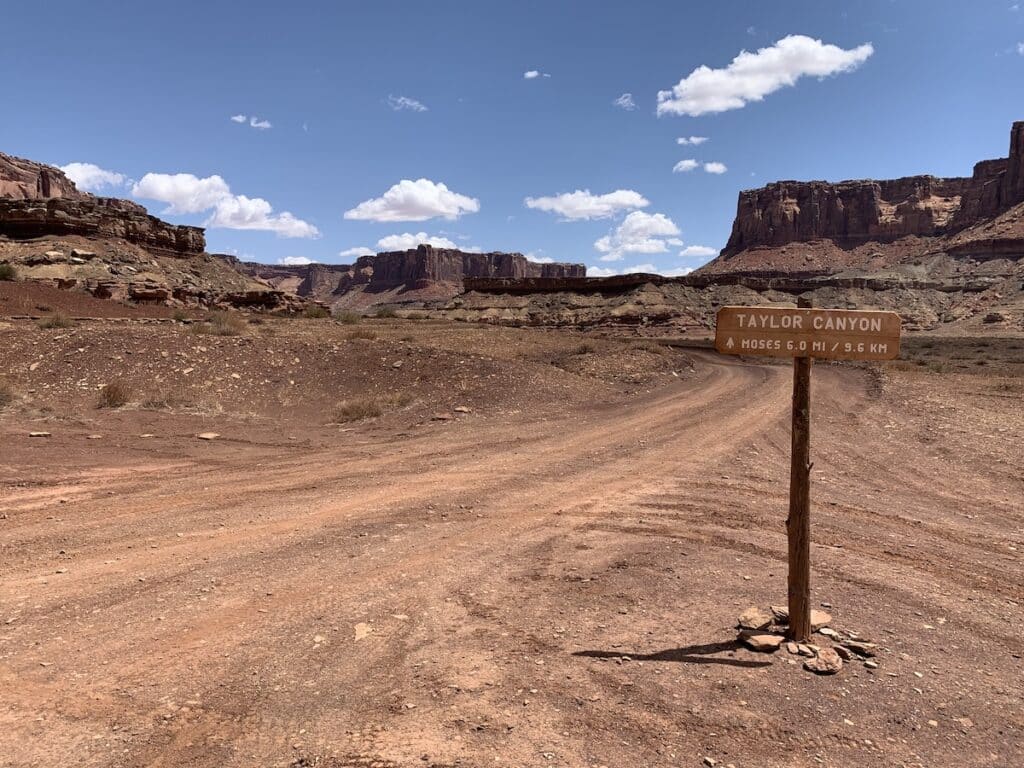
Using a topographical map, identify peaks, valleys, passes, rock formations, etc. that may be in the general area of your intended route. Additionally, take note of nearby trails and where they go. If you get off trail or take a wrong turn, it’s helpful to know of other trail options or intersections, and where they lead to. Lastly, it’s also important to note if or where water sources exist along your route.
Water
As previously mentioned, identifying water sources: lakes, streams, or rivers, may help you with your orientation or location, but may also save your life if you get into a pickle. First off, carrying a filter flask is probably one of the most important pieces of equipment you can take with you on an adventure. Typically, a person can only survive 2-3 days without water (this does vary based on other situational elements). Though a person may survive 3 days, that does not mean the person is functioning at a normal level, and can result in additional problems.
When it comes to a lakes, you have a good chance of finding other folks. Lakes are generally a destination for campers, fishermen, and folks simply out for a hike. It’s likely a good place to eventually receive aid or assistance.
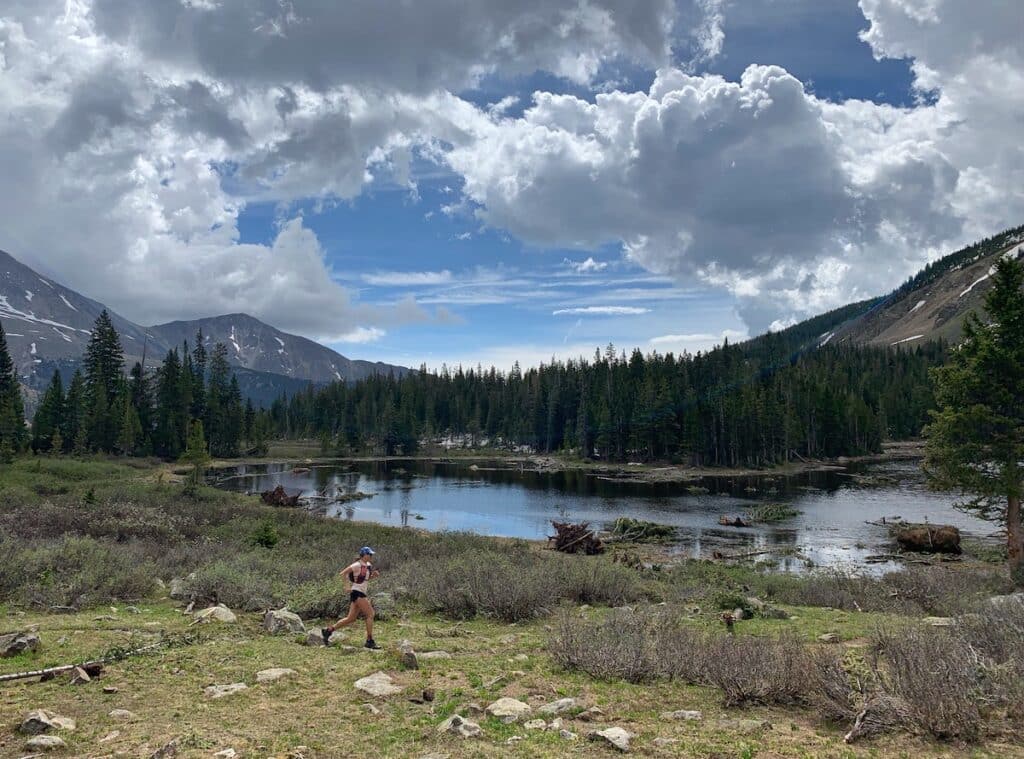
Rivers or streams are your liquid version of a trail. From doing route research, you should have an understanding of what rivers or streams are in the area and where they lead. If you follow them you’re bound to eventually run into a trail crossing, bridge, structure, road, or town.
Noting the location of water sources should be a top priority when planning an adventure.
About the Author

Gina has always been stubborn and bold, so when it came to advocating for women’s rights and equality in the outdoors, she was bound to make changes. As the founder of Trail Sisters, Gina’s goal is to grow participation and opportunity in women’s trail running. Gina is also Mayor Pro Tem for the town of Buena Vista, Colorado, an active member and former Training Director of Chaffee County Search & Rescue, and Race Director for the Lake Sonoma 50 Mile, Marathon, and Trail Sisters Half Marathon.
Share This Article!
Read More
Comments
April 12th & 13th 2024
Lake Sonoma, California
50 Mile | Marathon | Half-Marathon
Come join TS Founder Gina for Northern California's best trail party!

